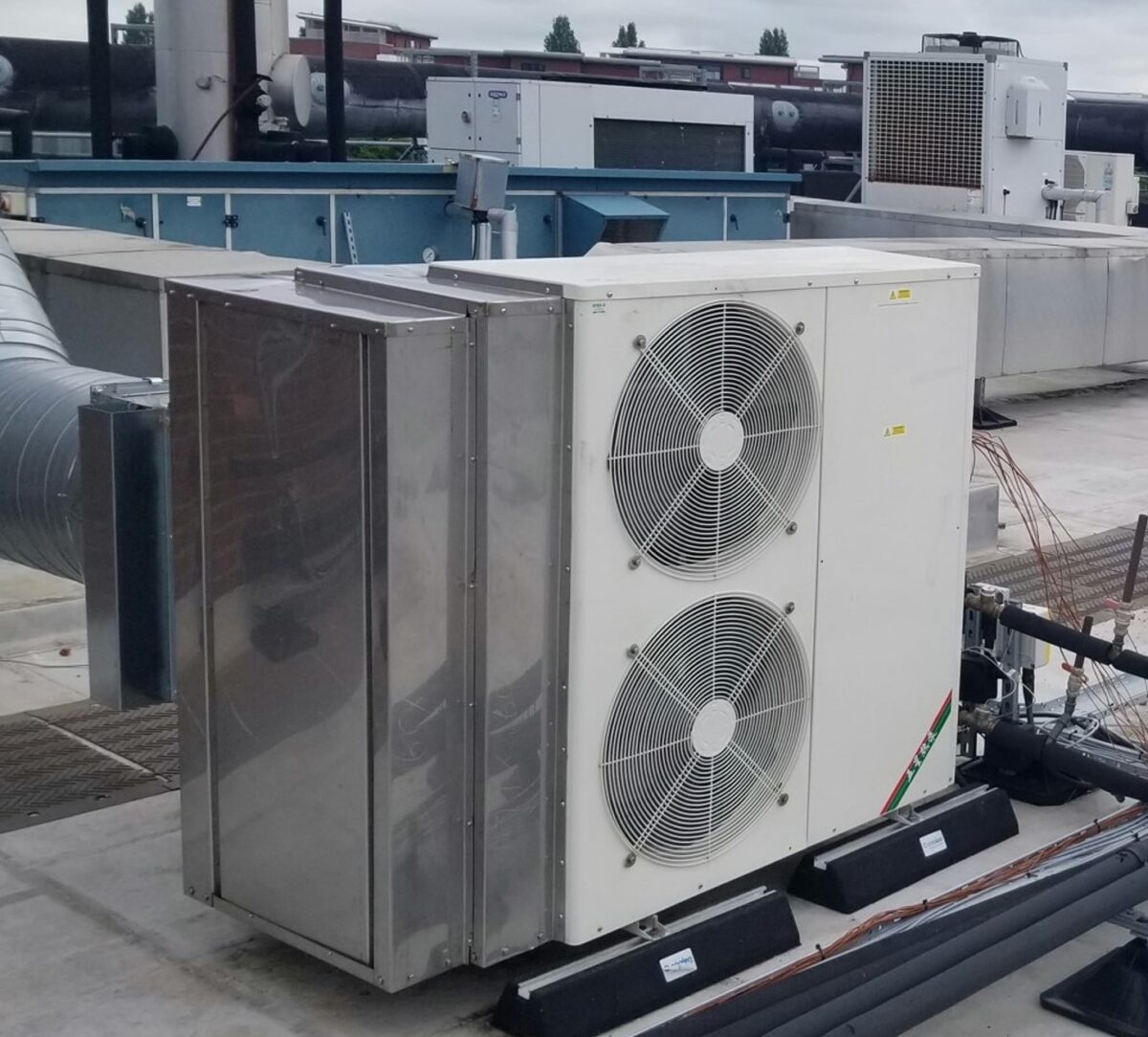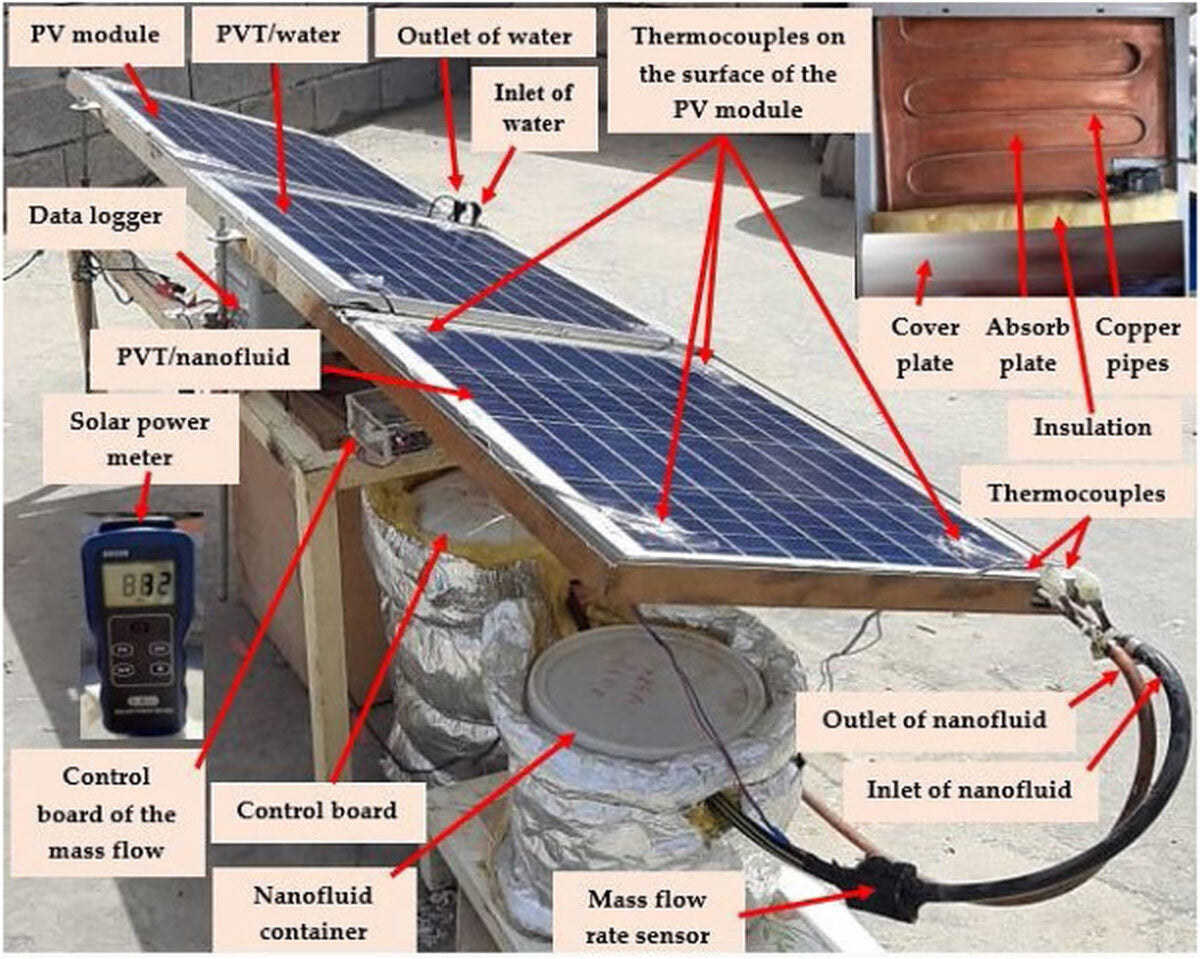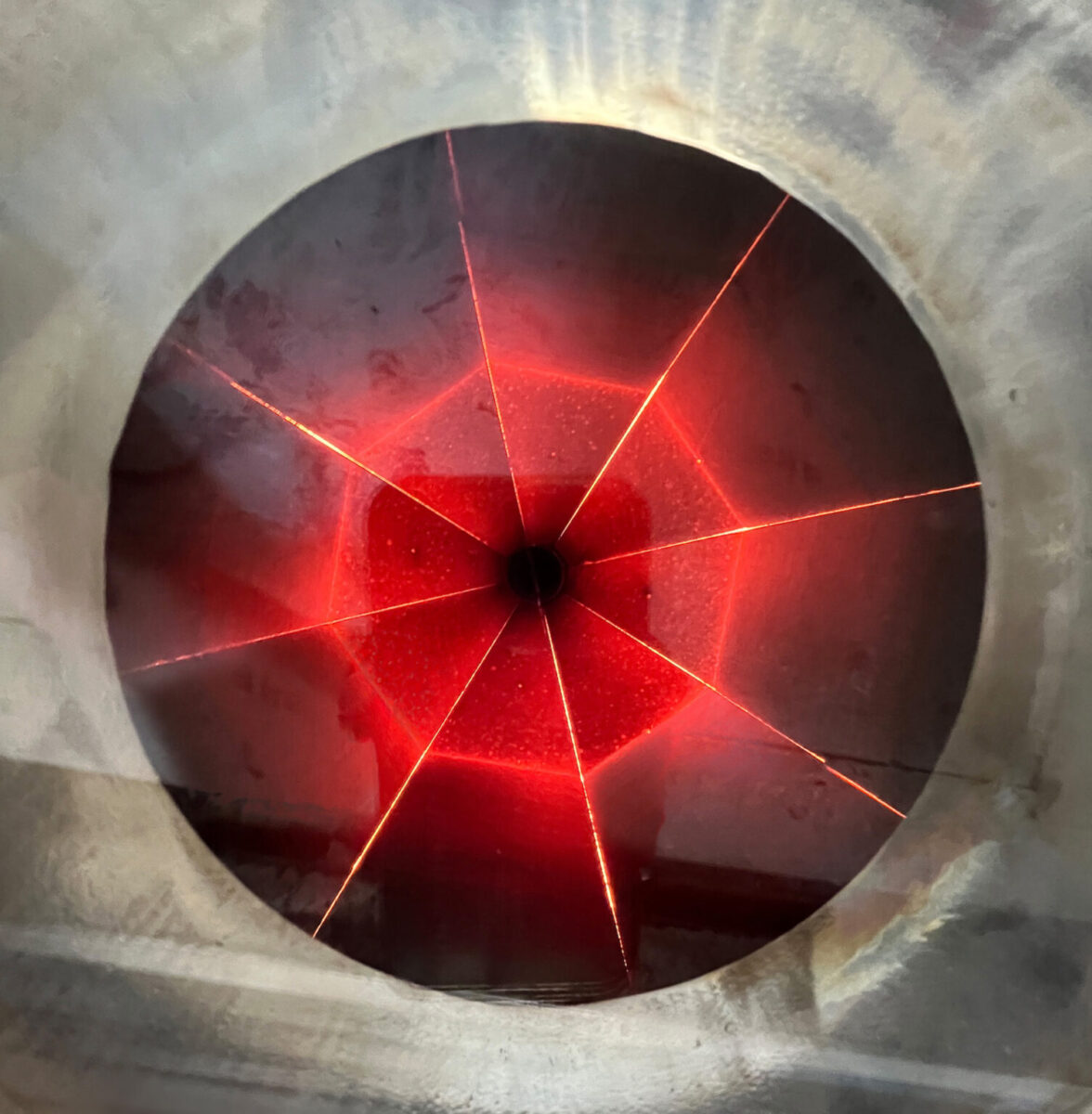https://www.pv-magazine.com/2023/08/07/dual-source-heat-pump-with-high-seasonal-performance-factors-near-zero-defrosting-costs/
Dual source heat pump with high seasonal performance factors, near-zero defrosting costs

Image: University of Hull
An international research team has developed a dual-source heat pump (DSHP) heating system that is designed for high water outlet temperature and low ambient temperature applications.
“We have fabricated several prototypes of the dual-source heat pump,” the research's lead author, Jing Li, told pv magazine. “The technology has been applied in some public buildings as well as in a residential house. Then, we also filed patent applications [in] EU, USA, and China.”
The prototype is based on two low-pressure evaporators (LEs), a medium-pressure evaporator (ME), an economizer, a plate-type condenser, a vapor injection compressor, expansion valves, and five air fans. Two of the fans are exhaust air devices and are placed on the top of the DSHP, while the other three fans are discharger air fan devices and are deployed on the bottom.
This system recovers the waste heat from the exhaust air along with absorbing the heat from the outdoor air. Its configuration allows the outdoor air to flow into the outdoor unit and mix with the cooled exhaust air, thus becoming a warmer mixed air, which then flows through the low-pressure evaporators for the second-stage heat exchange. The mixed air releases in turn all the heat energy into the low-pressure refrigerant and becomes colder discharge air than the outdoor ambient.
The vapor injection compressor compresses the evaporated refrigerant from the low-pressure evaporators and mixes it with the medium-pressure refrigerant. The resulting colder refrigerant mixture is then discharged to the plate-type condenser, where the mixture itself releases heat energy to the water.
“Subsequently, a part of the refrigerant flows into the medium-pressure evaporator and economizer for medium-pressure evaporation after corresponding throttling,” the scientists explained, noting that its refrigerant is R410A and the optimum refrigerant charge is 13 kg. “The rest [of the] refrigerant flows through the economizer for subcooling followed by low-pressure evaporation in low-pressure evaporators, finishing a cycle.”
Popular content
The research group tested the performance of the system on the roof of the central library of the University of Hull, in the United Kingdom, where it was connected to the black exhaust air duct. “The practical DSHP extracts the exhaust air by the duct from the corner window of the office to the top of the DSHP, and then produces hot water and stores it in water tanks by absorbing heat from the exhaust air and outdoor air,” it stated.
The researchers found that the simulated DSHP system was able to provide an average working water outlet temperature of 56.28 C and a stable monthly simulated coefficient of performance (COP) between 2.69 and 3.03 throughout the year. “The simulative heating amount of the DSHP heating system was 9.85% higher than the practical result, while the simulative energy consumption was 6.36% lower than the practical result,” they said, referring to the differences they recorded between the simulated system and the practical one.
Their analysis also showed that, depending on the location, the proposed heat pump system is able to achieve annual heating bill savings ranging from 20.64% to 54.36% and annual carbon reductions spanning from 14.39% to 86.09%, compared to traditional gas boiler heating systems.
The system is presented in the paper “Eco-economic performance and application potential of a novel dual-source heat pump heating system,” published in Energy. The research group comprises academics from the University of Hull and the University of Science and Technology of China.
This content is protected by copyright and may not be reused. If you want to cooperate with us and would like to reuse some of our content, please contact: editors@pv-magazine.com.




